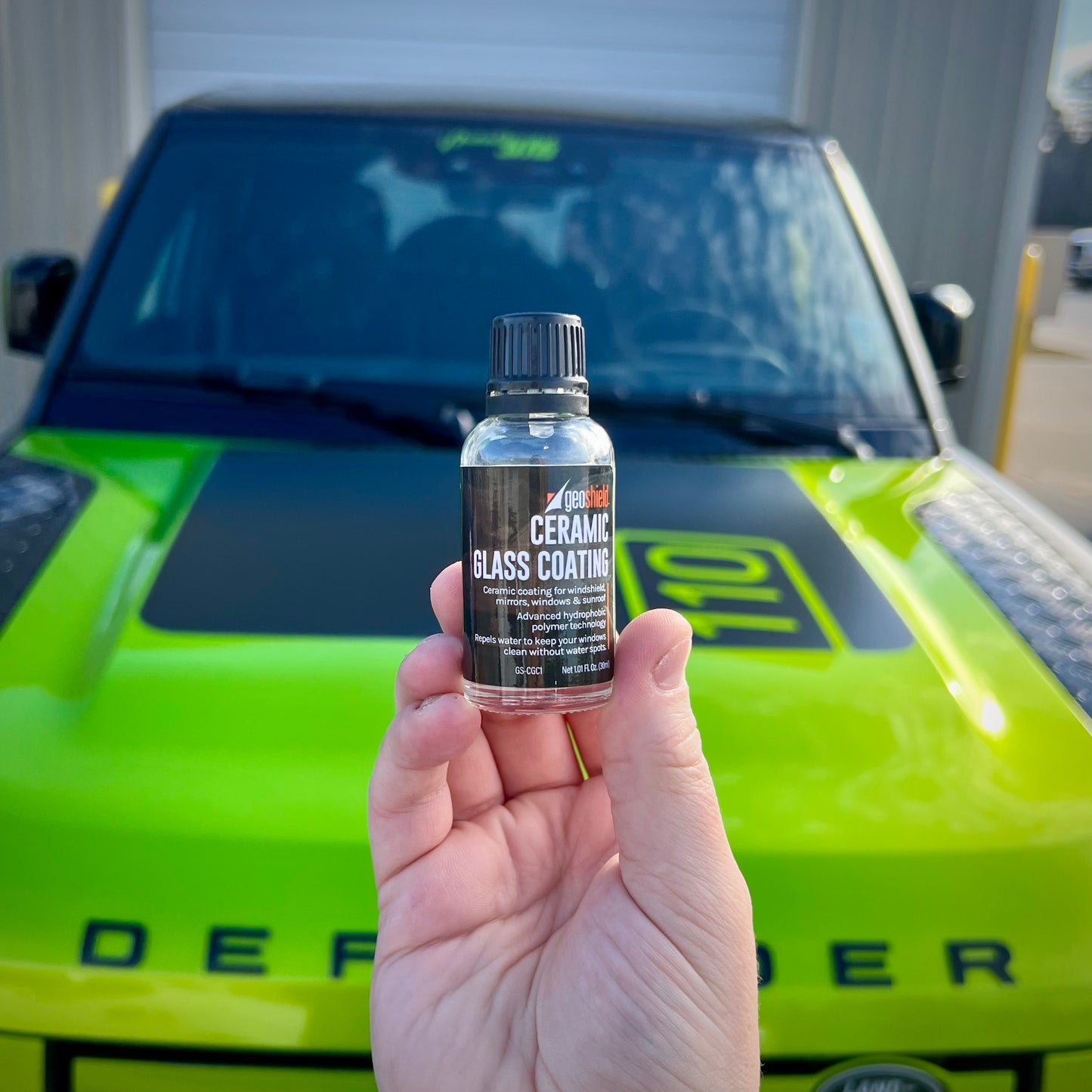How Ceramic Coating Philadelphia Guards Against UV Rays and Ecological Damages
How Ceramic Coating Philadelphia Guards Against UV Rays and Ecological Damages
Blog Article
Why Ceramic Layer Is the Ultimate Option for a Flawless Finish
Ceramic finishing has emerged as a leading remedy for those looking for a flawless surface for their automobiles, thanks to its impressive resilience and protective features. What aspects really set ceramic finish apart?
What Is Ceramic Finish?

When used properly, ceramic finishing develops a hydrophobic surface area that wards off water and dirt, making it much easier to preserve and cleanse. Unlike conventional waxes or sealers, which usually use temporary protection, ceramic layers can last for several years, depending upon the product quality and application method. The procedure of applying ceramic layer needs precise preparation, including complete cleansing and occasionally repaint improvement, to ensure optimal bonding and performance.
Ceramic finishes are not limited to vehicle surfaces; they can likewise be made use of on various materials, including glass, metal, and plastics, giving a flexible solution for enhancing defense. Generally, ceramic covering represents a considerable improvement in surface area security modern technology, incorporating both visual and functional benefits for a variety of applications.
Benefits of Ceramic Coating
While numerous surface area protection alternatives exist, the advantages of ceramic finish stand apart due to its unique residential properties and resilient performance. One of the key benefits is its exceptional toughness. Ceramic Coating Philadelphia. Unlike conventional wax or sealers that need frequent reapplication, ceramic layers supply a durable layer that can last for a number of years, considerably decreasing maintenance initiatives
An additional noteworthy benefit is boosted security versus environmental impurities. Ceramic layers create a hydrophobic surface area that repels water, dust, and different contaminants, making it simpler to cleanse. This function not just protects the automobile's appearance but also decreases the risk of corrosion and oxidation, specifically in severe weather.
Furthermore, ceramic finishes supply superior resistance to UV rays, protecting against fading and deterioration of paint in time. This UV security is crucial for preserving the aesthetic value of surface areas and lorries subjected to route sunlight.
Furthermore, the shiny finish achieved with ceramic finishing boosts the overall visual charm, offering surfaces a showroom-quality luster. Overall, ceramic layers represent a considerable advancement in surface area defense technology, supplying enduring advantages that accommodate both visual and functional needs.
Just How It Functions
Comprehending the science behind ceramic finishings exposes exactly how they offer such amazing protection and long life. At its core, a ceramic layer is a fluid polymer that chemically bonds with the car's manufacturing facility paint.
The application procedure entails several actions, including surface prep work, which is vital to accomplishing optimal adhesion. As soon as applied, the finish undertakes a healing procedure, throughout which it hardens and develops a semi-permanent bond with the paint surface area. This bond is what distinguishes ceramic finishings from standard waxes and sealers, providing a longer-lasting protective obstacle that can sustain for several years.
Moreover, the density of the covering can boost its safety high qualities, guaranteeing that it can stand up to harsh problems. Eventually, the scientific research of ceramic finishings incorporates advanced products with ingenious application strategies to provide an exceptional level of security Full Report and visual improvement for lorries.
Comparison With Traditional Approaches
The advantages of ceramic finishings become specifically obvious when compared to typical paint security approaches such as sealants and waxes. While waxes use a temporary shine, typically lasting a few weeks to a number of months, ceramic coatings give a durable safety layer that can withstand for several years. This durability dramatically lowers the regularity of reapplication, making ceramic layers a much more cost-efficient solution gradually.
Additionally, typical approaches frequently require substantial preparation and multiple applications to attain a satisfying degree of defense. On the other hand, ceramic finishes bond at a molecular degree with the vehicle's surface, producing a durable shield versus environmental contaminants like UV rays, acid rain, and road salts. This bond boosts the vehicle's resistance to scratches and swirl marks, which prevail with standard waxes and sealers.
Additionally, the hydrophobic properties of ceramic finishings repel water and dust, resulting in easier cleaning and upkeep. On the other hand, wax and sealant-treated surface areas can draw in crud, necessitating more frequent washing - Ceramic Coating Philadelphia. Generally, ceramic coverings not only provide exceptional defense yet additionally supply a much more aesthetically appealing and enduring coating, establishing them as the preferred option for Read Full Article discerning car proprietors
Application and Maintenance Tips

Utilizing a foam applicator, apply the coating in tiny sections, adhering to the maker's guidelines regarding density and overlap. Permit sufficient healing time between layers, usually 1 day, to make certain appropriate bonding. After application, it is vital to stay clear of exposure to water or severe elements for a minimum of a week to allow the layer to totally cure.
For maintenance, wash the automobile regularly with pH-balanced soaps and prevent abrasive materials. Touchless car washes are recommended to decrease scratching. Furthermore, making use of a ceramic maintenance spray can boost the covering's hydrophobic buildings and longevity. Routine examinations for any type of signs of wear will certainly help maintain the coating's stability and protect that beautiful coating.
Conclusion
In conclusion, ceramic coating arises as a premium alternative for achieving a flawless vehicle finish. By creating a robust bond with see here factory paint, ceramic finish efficiently shields versus scrapes, UV rays, and ecological impurities.

Report this page